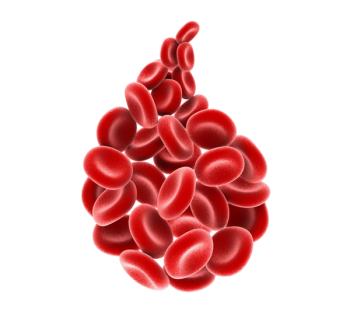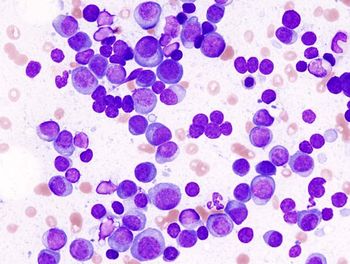
- Oncology Vol 29 No 4_Suppl_1
- Volume 29
- Issue 4_Suppl_1
(S009) Radiation Therapy Improves Outcomes With Desmoplastic Melanoma of the Head and Neck
Radiotherapy improves both local and locoregional control in patients with desmoplastic melanoma of the head and neck, regardless of margin status.
Tobin J. Strom, MD, Jimmy J. Caudell, MD, PhD, Jonathan S. Zager, MD, C. Wayne Cruse, MD, Jane L. Messina, MD, Vernon K. Sondak, MD, Louis B. Harrison, MD, Andy M. Trotti, MD; H. Lee Moffitt Cancer Center and Research Institute
BACKGROUND: Desmoplastic melanomas are considered to have a high risk of local recurrence after resection alone, especially in the head and neck. We hypothesized that adjuvant radiotherapy might reduce the risk of local recurrence.
METHODS: A single-institution institutional review board (IRB)-approved study was performed including 140 patients with desmoplastic melanoma without distant metastatic disease treated from 1990–2010 with wide excision ± sentinel lymph node dissection ± regional lymph node dissection. Patient, tumor, and treatment characteristics were compared between the groups based on receipt of adjuvant radiotherapy. Adjuvant radiotherapy was delivered to the primary tumor bed in all cases with a 2–4-cm margin as feasible and to the draining lymphatics in a minority of cases (n = 5). Patients were treated to a total dose of either 30 Gy in 5-Gy fractions dosed twice per week (n = 37) or 50–68 Gy in 25–34 daily fractions (n = 32). Adjuvant systemic therapy was delivered in 18 cases (interferon in 16 of 18 cases). The primary study outcome was local control, and the secondary outcome was locoregional control. Kaplan-Meier (KM) analysis and the log-rank test were used to compare outcomes. A Cox hazards multivariate (MV) model was created for the primary outcome.
RESULTS: Median follow-up was 47 months. Receipt of radiotherapy was associated with deeper tumors (median 5.4 mm vs 2.8 mm; P < .001) and positive margins (28% vs 13%; P = .03), compared with no radiotherapy. Nevertheless, adjuvant radiotherapy was associated with improved local control compared with patients who did not receive it (4-yr KM estimate: 94% vs 74%; P = .02) and locoregional control (4-yr KM estimate: 86% vs 69%; P = .03). On Cox MV analysis, radiotherapy was independently associated with improved local control (hazard ratio [HR] = 0.17; 95% confidence interval [CI], 0.06–0.51]; P = .002) and locoregional control (HR = 0.26; 95% CI, 0.11–0.63; P = .003). Variables associated with local recurrence on MV analysis included age > 70 years (HR = 4.1; 95% CI, 1.6–10.6; P = .004) and positive margins (HR = 5.6; 95% CI, 2.1–15.1; P = .001). Among patients with positive margins (n = 28), those treated with radiation therapy had improved local control (4-yr KM estimate: 88% vs 18%; P = .01) compared with those not treated with adjuvant radiation. Similarly, patients who had negative margins also benefited from adjuvant radiation therapy (4-yr KM local control estimate: 96% vs 80%; P = .048).
CONCLUSIONS: Radiotherapy improves both local and locoregional control in patients with desmoplastic melanoma of the head and neck, regardless of margin status.
Proceedings of the 97th Annual Meeting of the American Radium Society -
Articles in this issue
Newsletter
Stay up to date on recent advances in the multidisciplinary approach to cancer.

















































































